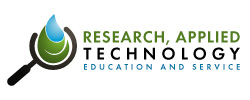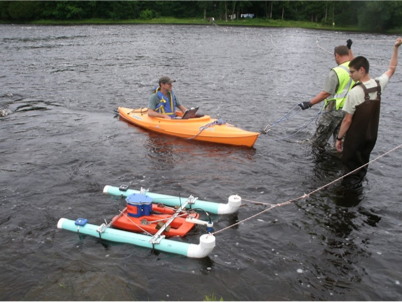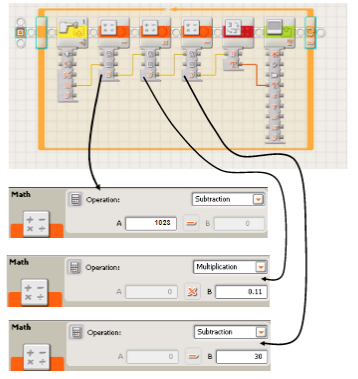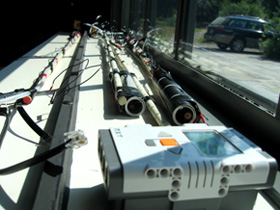Legacy of RATES
Based on over twenty years of community involvement, RATES has evolved into a major hub for real-time environmental data.
1974
Winter water sampling
During a harsh New York winter, Jim Bonner, a biology undergraduate at SUNY, was assigned routine water sampling. Though essential, the task was grueling in such conditions. Seeing an opportunity for innovation, Bonner set out to develop a more efficient and effective approach.
He created a modular “RAFT” (like a floating dock) to gather real-time data, inspired by the difficulty of manual spot testing in cold conditions.
1994
Opportunities in Texas
After accepting a position as professor at the University of Texas A&M, Dr. Jim Bonner helped current RATES CEO Andrew Ernest earn his doctorate in civil engineering. Eventually, Chris Fuller, the current RATES Operations Officer, would be mentored through his masters degree in Environmental Engineering.
1998
Stormwater management
At Texas A&M University Kingsville, founded by Andrew Ernest and Javier Guerrero, a coalition of thirteen Lower Rio Grande Valley (LRGV) local governments joined to form the LRGV TPDES (Texas Pollutant Discharge Elimination System) Stormwater Task Force in a joint effort to develop a proactive regional approach to comply with the TPDES Phase II Municipal Separate Stormwater Sewer System (MS4) rules.
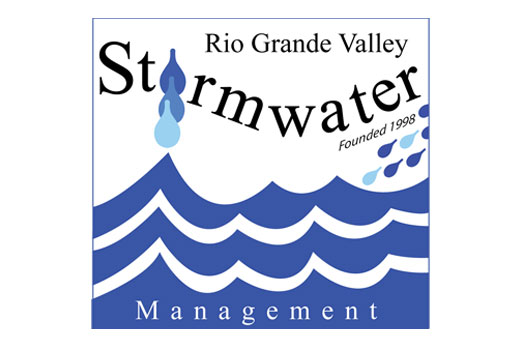
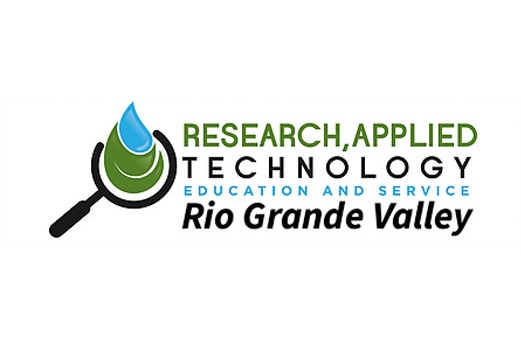
2007
Creation of RATES
The non for profit was established in 2007 as a support mechanism for research, allowing universities like Clarkson and Texas A&M to provide equipment and resources to Jim and his initiatives.

2011-2019
Ph.D. completions
Chris Fuller completed his PhD at Texas A&M between 2011.
Bill Kirkey, who joined REON in 2007, completed his PhD at Clarkson in 2019.

2025
Expansion to Texas
Now based primarily in South Texas, RATES uses the lessons from New York projects to implement more economical and efficient sensor frameworks.
Starting to build the groundwork for an early Flood warning management system.
Past Programs
Shoreline Environmental Research Facility (SERF)
The Shoreline Environmental Research Facility (SERF) research strategies are aligned with those of national significance. Specifically, SERF’s programmatic research theme is similar to that proposed by the National Science Foundation (NSF), entitled “Collaborative Large-Scale Engineering Analysis Network for Environmental Research”, or CLEANER. CLEANER is an initiative for collaborative research to support adaptive and sustainable environmental management, with the ultimate objective of facilitating a dynamic network for national and international coastal margins research and policy-making. SERF stresses sensor development, deployment, and applications for data collection (both geo-referenced fine-scale spatial surveys and fixed-point time series), information synthesis, and analysis for integrative predictive whole coastal ecosystem modeling based on in-situ continuous, periodic, and episodic monitoring.
Water Analysis, Training, Education and Research Services (WATERS)
The Water Analysis, Training, Education and Research Services analytical laboratory was established as a cooperative partnership between Western Kentucky University, Mammoth Cave National Park, the City of Bowling Green, and various local municipalities, and water, wastewater and stormwater utilities. By delegating personnel, equipment and other resources into a shared service entity, each partner is able to avail itself of the combined capacity of the overall WATERS infrastructure, the scope of which would have been otherwise out of reach. This “Farmers Cooperative” laboratory serves a combined capacity development and regulatory compliance mission by further providing a technician training and certification platform.
Water Training Institute
The Water Training Institute was established to address the nationwide workforce shortfall of qualified treatment plant operators due to factors including the en masse retirement of baby boomers and the tightening of regulatory requirements regarding the hands-on experience required prior to licensure. A Hybrid Experiential and Distance Learning Educational Model (HEDLEM) is used to target rural areas hardest hit due to the lack of educational and experiential opportunities available to them within a reasonable proximity. A blue-collar equivalent to the Service Core Of Retired Executives (SCORE), Encourage Every Young Operator with Retired Experience (EEYORE) provides mentoring for new recruits, while a Utility Network (UNet) was established to provide experiential locations. Strategically located Community and Technical College partners provide the regional instructional delivery, allowing for both succession planning and career advancement through the combined provision of both academic credits and state-specific, and state-approved, certification and licensing hours.
Selected Past Projects
Sturgeon Spawning Habitat Characterization
St. Lawrence County, NY
Project funded by USEPA (USEPA GL-9722140) through St. Regis Mohawk Tribe. RATES provided monitoring services to characterize hydrodynamics and water quality for known spawning habitats the St. Lawrence River and tributaries. Data was subsequently applied in HEC-RAS to predict water depths and velocities over the studied river reaches.
SENSE IT
Three separate multi-county regions of New York
The Student Enabled Network of Sensors for the Environment using Innovative Technology (SENSE IT) was an NSF-funded Innovative Technology Experiences for Students and Teachers (ITEST) project. The projected integrated STEM skills into a robust interdisciplinary curricula and teacher development effort by teaching 3,000 high school students to design, build, test, deploy and interpret their own environmental sensors.
